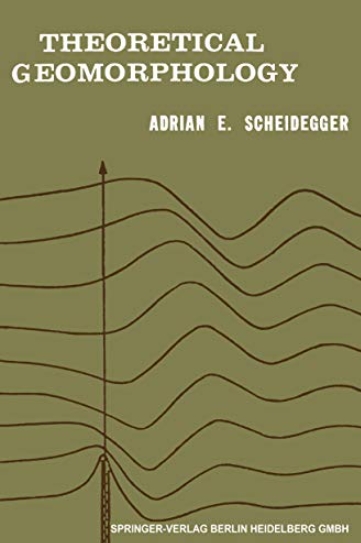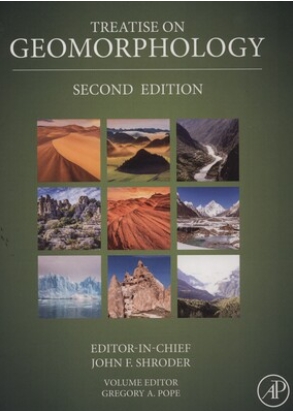information about volcanoes
Volcanoes are one of the most powerful forces of nature that shape our planet. Here, we uncover the mysteries and fascinating facts about these incredible geological formations. Discovering the Inner Workings of Volcanoes Scientists study volcanoes to understand how they form and erupt. Volcanoes are openings in the Earth’s crust where molten rock, gas, and […]
information about volcanoes Read More »


